 W
WAciagrion fragilis is a species of damselfly in the family Coenagrionidae, commonly known as a blue slim. It is a small, slender damselfly, the male is blue and black. It has been recorded from northern Australia, New Guinea and the Lesser Sunda Islands in Indonesia, where it inhabits still waters and swamps.
 W
WAgriocnemis argentea is a species of damselfly in the family Coenagrionidae, commonly known as a silver wisp. It is a small damselfly; the male, when mature, is covered in a white pruinescence. It is endemic to northern Australia where it inhabits both still and flowing waters.
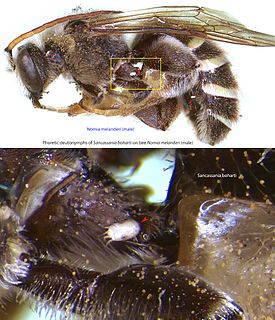 W
WThe alkali bee, Nomia melanderi, is a ground-nesting bee native to deserts and semi-arid desert basins of the western United States. It was described by Theodore Dru Alison Cockerell in 1906.
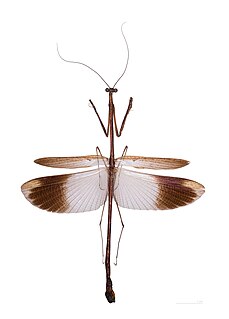 W
WAngela guianensis is a species of praying mantis from the genus Angela of the family Mantidae. It was first described by the entomologist Rehn in 1906.
 W
WApis koschevnikovi, Koschevnikov's honey bee, is a species of honey bee which inhabits Malaysian and Indonesian Borneo, where it lives sympatrically with other honey bee species such as Apis cerana.
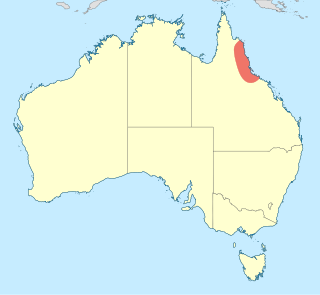 W
WAustroargiolestes aureus is a species of Australian damselfly in the family Megapodagrionidae, commonly known as a tropical flatwing. It is endemic to north-eastern Queensland, where it inhabits streams in rainforest.
 W
WAustrogomphus arbustorum, also known as Austrogomphus (Austrogomphus) arbustorum, is a species of very small dragonfly of the family Gomphidae, commonly known as the toothed hunter. It inhabits rivers and pools in northern Queensland, Australia.
 W
WAustrogomphus prasinus, also known as Austrogomphus (Pleiogomphus) prasinus, is a species of dragonfly of the family Gomphidae, commonly known as the lemon-tipped hunter. It inhabits streams and rivers in northern Queensland, Australia.
 W
WCataglyphis iberica is a species of desert ant found in the Iberian Peninsula. It was described by Carlo Emery in 1906.
 W
WCircotettix rabula, the wrangler grasshopper, is a species of band-winged grasshopper in the family Acrididae. It is found in North America.
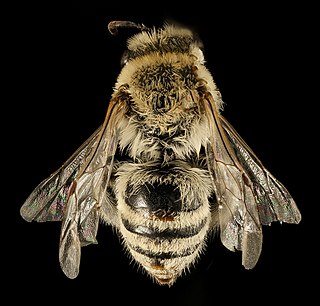 W
WColletes phaceliae, the phacelia cellophane bee, is a species of hymenopteran in the family Colletidae. It is found in North America.
 W
WComperiella bifasciata is a parasitic wasp species in the genus Comperiella in the family Encyrtidae. It is used in biological control of California red scale and yellow scale of citrus.
 W
WCrematogaster arata is a species of ant in tribe Crematogastrini. It was described by Emery in 1906.
 W
WCyclochila virens, commonly known as the northern greengrocer, is a species of cicada native to northeastern Queensland.
 W
WDorymyrmex bicolor is a species of ant in the Dolichoderinae subfamily. Dorymyrmex bicolor was recently known as Conomyrma bicolor but has been renamed to Dorymyrmex bicolor. Dorymyrmex bicolor has a single petiole and a slit-like orifice which releases chemical compounds. This ant does not have the capability to sting. Dorymyrmex bicolor is primarily found in arid desert regions in Central and South America and the southwestern United States.
 W
WEuodynerus auranus is a species of stinging wasp in the family Vespidae.
 W
WEusynthemis nigra is a species of dragonfly of the family Synthemistidae, known as the black tigertail. It is a medium-sized dragonfly with black and yellow markings. It inhabits streams in eastern Australia
 W
WFormica moki is a species of ant in the family Formicidae.
 W
WThe gold-fronted riverdamsel is a damselfly species in the family Coenagrionidae. Its body length is 36 millimeters. They are also known as gold-fronted sprites. Gold-fronted riverdamsels can be found near running or still water. They usually fly close to the surface of water, sometimes resting on floating material. They may not be as abundant as their relative the blue riverdamsel, but they are easily recognized by their golden-yellow faces and thorax. Its status is fairly common. They can be found cruising above the water on sunny days along slow-flowing sections of creeks.
 W
WIndolestes tenuissimus is a species of damselfly in the family Lestidae, commonly known as the slender reedling. It is found in north-eastern Australia, New Guinea and on Aru.
 W
WIschnura pruinescens is a damselfly in the family Coenagrionidae, commonly known as the colourful bluetail. The taxon has been assessed for the IUCN Red List as being of least concern and is listed in the Catalogue of Life.
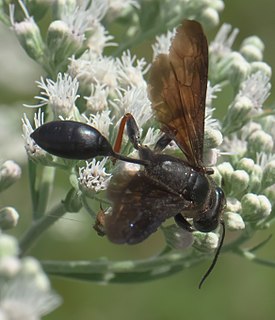 W
WIsodontia auripes, the brown-legged grass-carrier, is a species of thread-waisted wasp in the family Sphecidae.
 W
WJalysus wickhami, the spined stilt bug, is a species of stilt bug in the family Berytidae. It is found in Central America and North America.
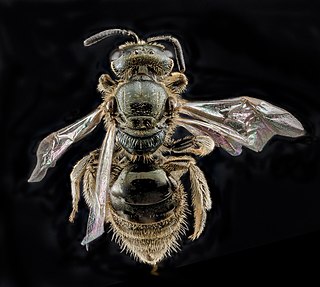 W
WLasioglossum lineatulum, the lineated metallic-sweat bee, is a species of sweat bee in the family Halictidae.
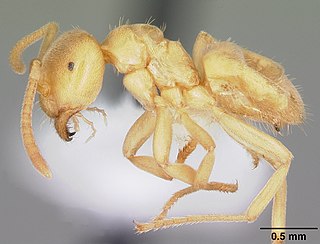 W
WLasius nearcticus is a species of ant in the family Formicidae.
 W
WLordiphosa andalusiaca is a species of fly in the family Drosophilidae. It is found in the Palearctic.
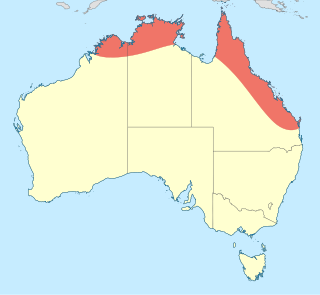 W
WMacromia tillyardi is a species of dragonfly in the family Macromiidae, known as the Australian cruiser. It is a large, black to metallic green dragonfly with bright yellow markings on its abdomen, clear wings and long legs. It is found in northern Australia, where it inhabits streams and pools.
 W
WMegachile atrella is a species of bee in the family Megachilidae. It was described by Theodore Dru Alison Cockerell in 1906.
 W
WMegachile austeni is a species of bee in the family Megachilidae. It was described by Theodore Dru Alison Cockerell in 1906.
 W
WMegachile cygnorum is a species of bee in the family Megachilidae. It was described by Theodore Dru Alison Cockerell in 1906.
 W
WMegachile darwiniana is a species of bee in the family Megachilidae. It was described by Theodore Dru Alison Cockerell in 1906.
 W
WMegachile doddiana is a species of bee in the family Megachilidae. It was described by Theodore Dru Alison Cockerell in 1906.
 W
WMegachile fulvomarginata is a species of bee in the family Megachilidae. It was described by Theodore Dru Alison Cockerell in 1906.
 W
WMegachile nigrovittata is a species of bee in the family Megachilidae. It was described by Theodore Dru Alison Cockerell in 1906.
 W
WMegachile quinquelineata is a species of bee in the family Megachilidae. It was described by Theodore Dru Alison Cockerell in 1906.
 W
WMegachile rhodura is a species of bee in the family Megachilidae. It was described by Theodore Dru Alison Cockerell in 1906.
 W
WMegachile waterhousei is a species of bee in the family Megachilidae. It was described by Theodore Dru Alison Cockerell in 1906.
 W
WNarnia snowi is a species of leaf-footed bug in the family Coreidae. It is found in North America.
 W
WNososticta coelestina is an Australian species of damselfly in the family Platycnemididae, commonly known as the green-blue threadtail.
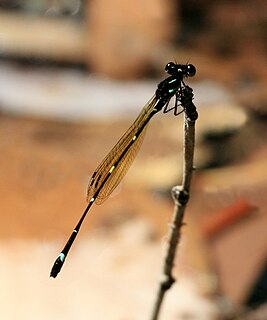 W
WNososticta solitaria is an Australian species of damselfly in the family Platycnemididae, commonly known as the fivespot threadtail. It is found only in north-eastern Australia.
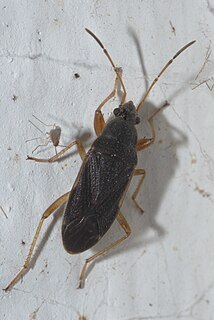 W
WPerigenes similis is a species of dirt-colored seed bug in the family Rhyparochromidae. It is found in North America.
 W
WPleistodontes froggatti is a species of fig wasp which is native to Australia. It has an obligate mutualism with the Moreton Bay Fig, Ficus macrophylla, the species it pollinates. Outside of Australia, populations have become established in Hawaii and New Zealand where it was either accidentally introduced or arrived by long-distance dispersal.
 W
WPolistes exclamans, the Guinea paper wasp, is a social wasp and is part of the family Vespidae of the order Hymenoptera. It is found throughout the United States, Mexico, the Bahamas, Jamaica and parts of Canada. Due to solitary nest founding by queens, P. exclamans has extended its range in the past few decades and now covers the eastern half of the United States, as well as part of the north. This expansion is typically attributed to changing global climate and temperatures. P. exclamans has three specific castes, including males, workers, and queens, but the dominance hierarchy is further distinguished by age. The older the wasp is, the higher it is in ranking within the colony. In most P. exclamans nests, there is one queen who lays all the eggs in the colony. The physiological similarities between the worker and queen castes have led to experiments attempting to distinguish the characteristics of these two castes and how they are determined, though males have easily identifiable physiological characteristics. Since P. exclamans live in relatively small, open combed nests, they are often subject to predators and parasites, such as Chalcoela iphitalis, Elasmus polistis, and birds. P. exclamans have defense and recognition strategies that help protect against these predators and parasites.
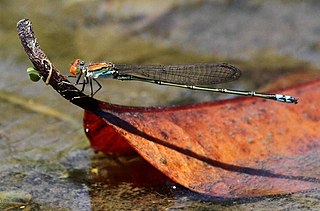 W
WPseudagrion acaciae, the acacia sprite is a species of damselfly in the family Coenagrionidae. It is found in Angola, Botswana, the Democratic Republic of the Congo, Malawi, Mozambique, Namibia, South Africa, Tanzania, Zambia, and Zimbabwe. Its natural habitats are subtropical or tropical rivers and floodplains.
 W
WThe gold-fronted riverdamsel is a damselfly species in the family Coenagrionidae. Its body length is 36 millimeters. They are also known as gold-fronted sprites. Gold-fronted riverdamsels can be found near running or still water. They usually fly close to the surface of water, sometimes resting on floating material. They may not be as abundant as their relative the blue riverdamsel, but they are easily recognized by their golden-yellow faces and thorax. Its status is fairly common. They can be found cruising above the water on sunny days along slow-flowing sections of creeks.
 W
WPseudagrion ignifer is a species of damselfly in the family Coenagrionidae, commonly known as a flame-headed riverdamsel. It is a medium-sized damselfly with an orange face and pruinose sides to its body and the start of its tail. It is found in eastern Australia, where it inhabits streams.
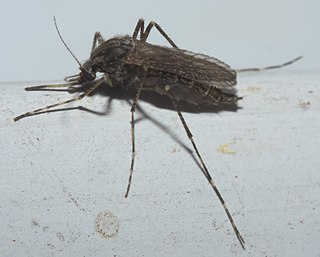 W
WPsorophora columbiae, known generally as the dark ricefield mosquito or glades mosquito, is a species of mosquito in the family Culicidae.
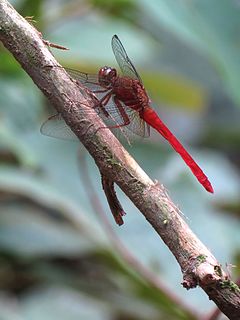 W
WRhodopygia hinei, sometimes known by the common name tropical amberwing, is a member of the skimmer family of dragonflies.
 W
WThe Serbaninae are a highly modified subfamily of Pentatomidae, containing only a single known species, Serbana borneensis. It is known from very few specimens, from Malaysia and Borneo, and was originally described in the family Phloeidae, a group known only from South America, then later reclassified as a pentatomid.
 W
WSolenopsis aurea, also commonly called the golden fire ant, is a species of ant native to the southwestern United States and Northern Mexico. Workers have a pale golden coloration with occasional brown spots.
 W
WSphex ashmeadi is a species of thread-waisted wasp in the family Sphecidae.
 W
WTrithemis pluvialis, the river dropwing, is a species of dragonfly in the family Libellulidae. It occurs in Africa south of Kenya.
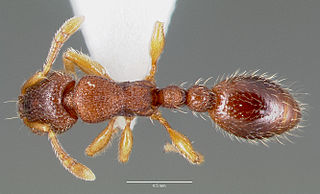 W
WVollenhovia emeryi is a species of ant in the family Formicidae.
 W
WWyeomyia vanduzeei is a species of mosquito in the family Culicidae.